|
When I started work on this week's stitch tutorial, I had the increasing feeling that things weren't quite what they seemed to be at first. That's the great thing about doing research. I usually have no idea where the medieval embroideries will lead me. Dead ends are common. But so are those 'aha' moments. In this case, it was the latter. Let's dive in! And here is the culprit. No, not Saint Andrew. It is the columns on either side of him. They are odd. The layering of goldwork is a common thing in late-medieval goldwork embroidery. But this is simply too OTT. It does not make sense. Let's start our tutorial proper and I'll point the oddness out to you. Start with a layer of shaded couched goldwork. For my sample (c. 0.8 x 5.0 cm), I used 46ct linen and passing thread #3 couched down with a single ply of red Chinese flat silk. Next up, add the silver passing thread. You will be mainly stitching in between the rows of gold thread of the first layer. However, you will inevitably hit threads of the first layer. Make sure you use a fine needle. A new #12 would be perfect. You might also like to wax your silken couching thread (one ply of grey silk). The "original" embroiderer then went on to add a layer of thicker red stitches along each side of the silver passing thread. I've used a full thread of red Chinese flat silk to do this for the inside of the right-hand side only. By now, I was pretty certain that this was not all done in the late Middle Ages ... So much additional stitching in such a relatively small space is nuts. It does not add anything to the design. On the contrary, you lose quite a bit of the original lovely shading of the first layer. When additional details are stitched in, they usually add to the design. They bling things up or they make the design easier to read by accentuating things. That does not seem to be the case here. So, what's going on? Here's an extreme blown-up detail of that same column. Can you see the thick white/beige couching stitches used to couch down those silver threads? The silver threads themselves are also much thicker than all the other threads used in the embroidery. The added red stitches to the outside of the silver threads are also comparable in thickness to the white/beige stuff. It all looks so much cruder than the original very high-quality stitching done in the medieval period.
As I already told you in my earlier blog posts, these vestments saw extensive restoration in the 1840s. The addition of these silver passing threads on top of the columns was likely done then. It likely serves several purposes. Maybe some columns had so many damaged loose gold threads that this was a decorative way of cleaning things up. But it also does something else. This additional stitching likely goes through many of the layers that these vestments are made of. This stabilizes the whole construction. You often see horrible bulging on non-restored late-medieval vestments. By stitching through multiple layers, you have a chance to make things very stable and secure. It can't really bulge anymore. Is that was what attempted here? What do you think? Do you also feel that not all of the embroidery on these columns is original? My Journeyman and Master Patrons find a downloadable PDF of this tutorial on my Patreon page. After all, working layers of metal thread on top of each other is quite fun to do!
2 Comments
19/3/2024 17:47:28
Yes, I think so too. There was a big emphasis on making things presentable and werable again. And they shamelessly beautified them.
Reply
Your comment will be posted after it is approved.
Leave a Reply. |
Want to keep up with my embroidery adventures? Sign up for my weekly Newsletter to get notified of new blogs, courses and workshops!
Liked my blog? Please consider making a donation or becoming a Patron so that I can keep up the good work and my blog ad-free!
Categories
All
Archives
July 2024
|
Contact: info(at)jessicagrimm.com
Copyright Dr Jessica M. Grimm - Mandlweg 3, 82488 Ettal, Deutschland - +49(0)8822 2782219 (Monday, Tuesday, Friday & Saturday 9.00-17.00 CET)
Impressum - Legal Notice - Datenschutzerklärung - Privacy Policy - Webshop ABG - Widerrufsrecht - Disclaimer
Copyright Dr Jessica M. Grimm - Mandlweg 3, 82488 Ettal, Deutschland - +49(0)8822 2782219 (Monday, Tuesday, Friday & Saturday 9.00-17.00 CET)
Impressum - Legal Notice - Datenschutzerklärung - Privacy Policy - Webshop ABG - Widerrufsrecht - Disclaimer

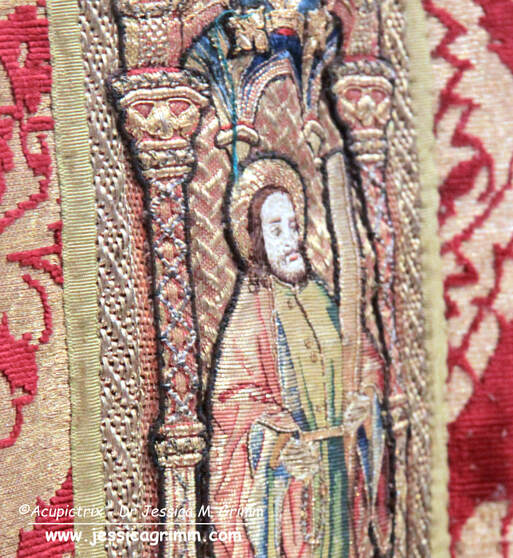
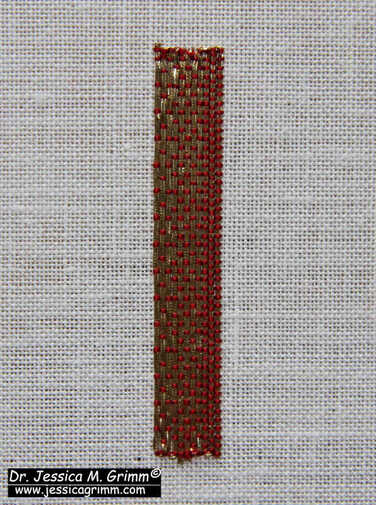
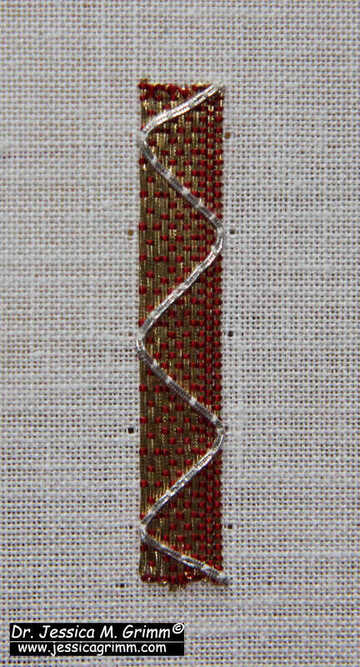
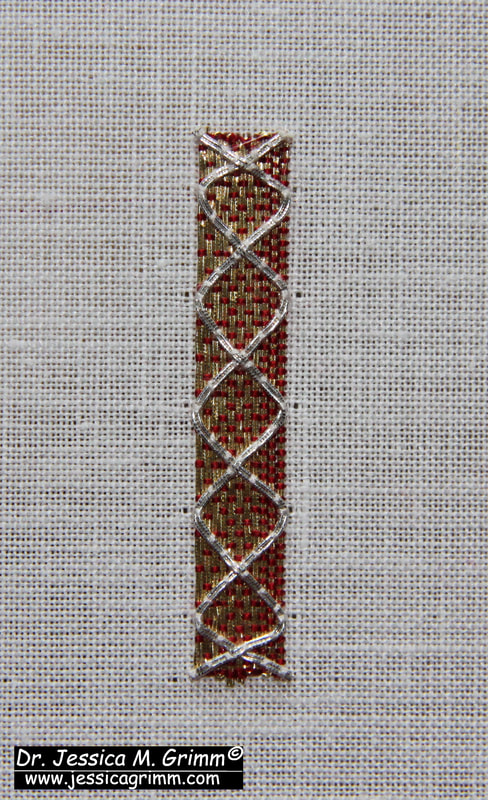
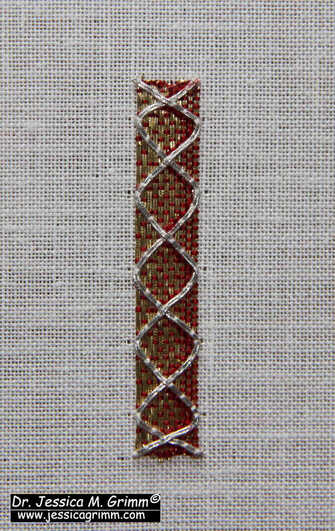
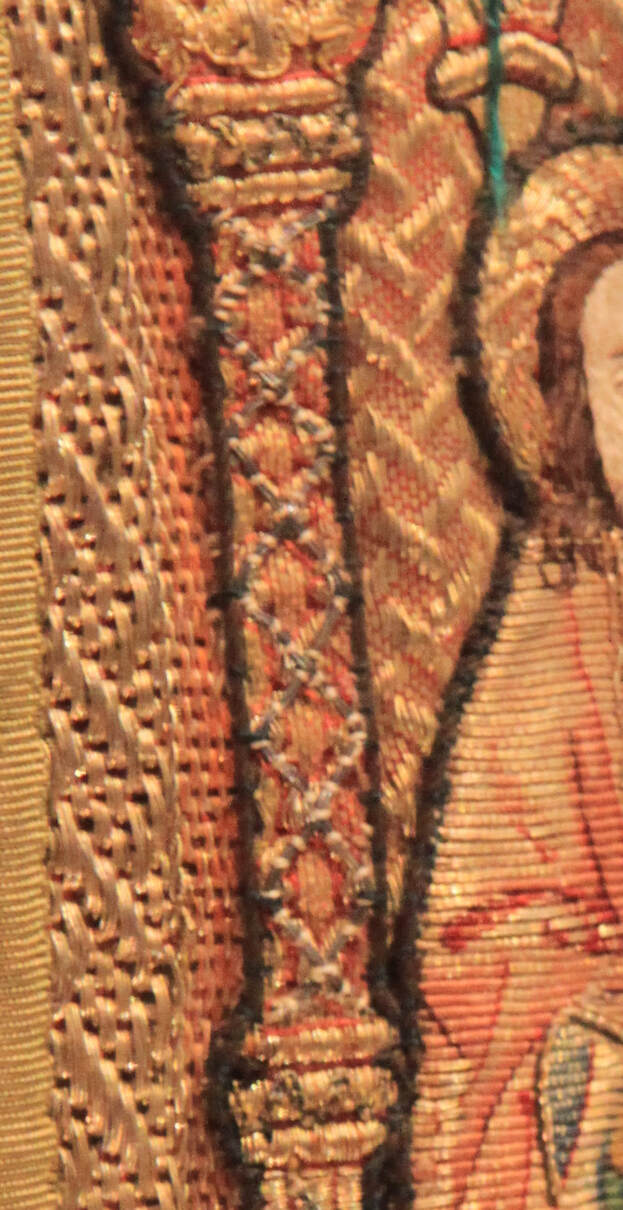





 RSS Feed
RSS Feed